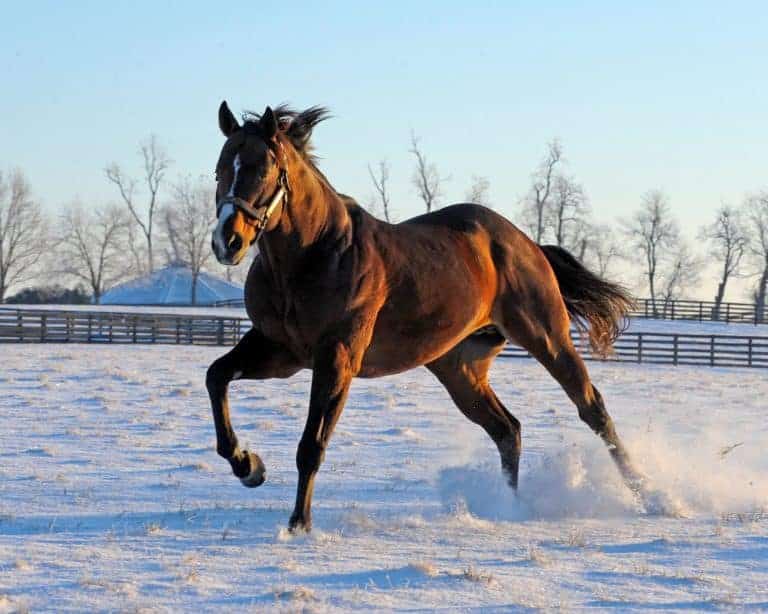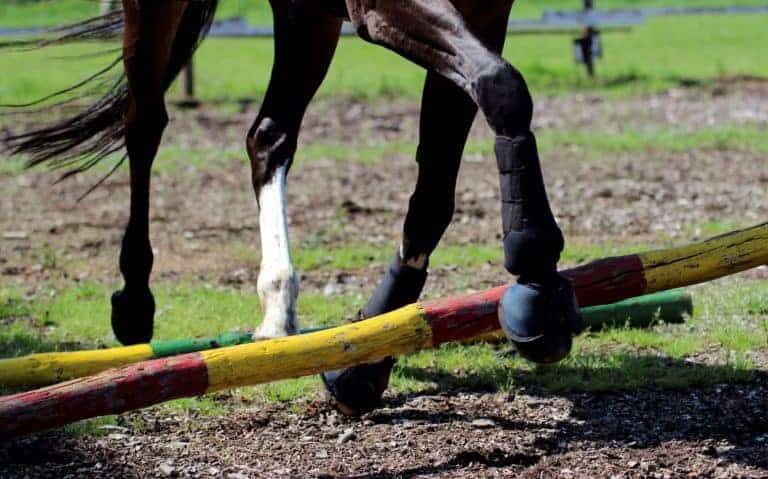University of Kentucky Researcher wins Prestigious Award; Will be Honored by President Obama
David McNear, PhD, assistant professor of rhizosphere science in the University of Kentucky’s (UK) Plant and Soil Sciences Department, was recently awarded the Presidential Early Career Award for Scientists and Engineers (PECASE) for his research on endophyte-infected tall fescue and how it impacts soil microbial communities, chemical properties, and nutrient cycling.

















